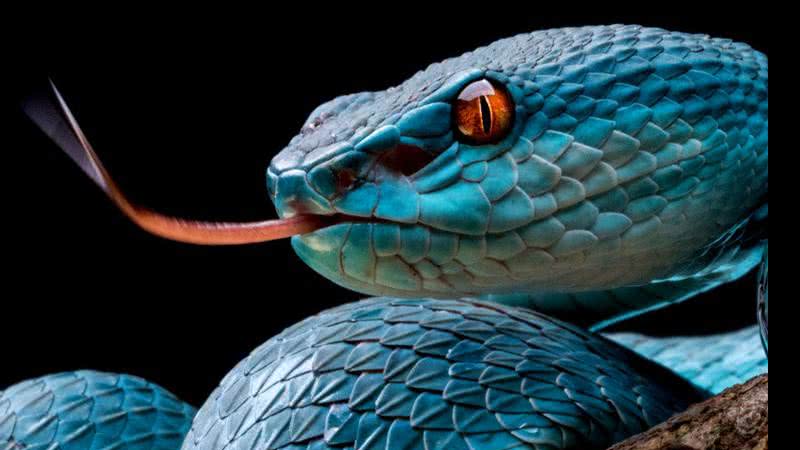Hi peeps, Ruan over here.
I’m really glad to be here once again updating our 427th post at VPFI!
Que tal aproveitar o dia de hoje para estudar um pouco de reading? Para você que não sabe o que é “reading”, nada mais é do que a leitura, parte muito importante na jornada rumo a fluência é praticar a leitura e estou aqui para te ajudar nisso!
Ler é um atividade que vai te ajudar a adquirir muito vocabulário novo, ajuda a fixar melhor as palavras e faz muito bem para saúde!
Hoje vamos treinar o reading com um texto sobre um animal muito perigoso se for irritado ou entrar em modo de defesa, o text in english de hoje é sobre cobras! Animais muito interessantes que você vai aprender mais sobre eles com esse texto!
Lembrando que nem só as perguntas abaixo são a forma de estudo, você pode usar o texto de várias maneiras diferentes como pesquisar por palavras que você não conhece e melhorar seu vocabulário, ou até treinar seu reading em voz alta para melhorar sua dicção ao ler em inglês, você pode também ler o texto e fazer um resumo em inglês com seu vocabulário sobre o que você entendeu, enfim as opções são muitas basta ter criatividade e estudar!

SNAKES
Snakes are elongated, legless, carnivorous reptiles that can be distinguished from legless lizards by their lack of eyelids and external ears. Many species of snakes have skulls with several more joints than their lizard ancestors, enabling them to swallow prey much larger than their heads with their highly mobile jaws. To accommodate their narrow bodies, snakes’ paired organs (such as kidneys) appear one in front of the other instead of side by side, and most have only one functional lung.
Living snakes are found on every continent except Antarctica, and on most smaller land masses; exceptions include some large islands, such as Ireland, Iceland, Greenland, the Hawaiian archipelago, and the islands of New Zealand, and many small islands of the Atlantic and central Pacific oceans. Additionally, sea snakes are widespread throughout the Indian and Pacific Oceans. More than 20 families are currently recognized. They range in size from the tiny, 10.4 cm (4.1 in)-long thread snake to the reticulated python of 6.95 meters (22.8 ft) in length. The fossil species Titanoboa cerrejonensis was 12.8 meters (42 ft) long. Snakes are thought to have evolved from either burrowing or aquatic lizards, perhaps during the Jurassic period.
Venom
Most species are nonvenomous and those that have venom use it primarily to kill and subdue prey rather than for self-defense. Some possess venom potent enough to cause painful injury or death to humans. The colloquial term “poisonous snake” is generally an incorrect label for snakes. A poison is inhaled or ingested, whereas venom produced by snakes is injected into its victim via fangs. It is worthwhile noting that certain birds, mammals, and other snakes (such as kingsnakes) that prey on venomous snakes have developed resistance and even immunity to certain venoms. Nonvenomous snakes either swallow prey alive or kill by constriction.
Feeding and diet
All snakes are strictly carnivorous, eating small animals including lizards, frogs, other snakes, small mammals, birds, eggs, fish, snails or insects. Because snakes cannot bite or tear their food to pieces, they must swallow prey whole. The body size of a snake has a major influence on its eating habits. Smaller snakes eat smaller prey. Juvenile pythons might start out feeding on lizards or mice and graduate to small deer or antelope as an adult, for example. After eating, snakes become dormant while the process of digestion takes place.
QUESTIONS:
- Snakes can be found everywhere in the world.
a. True
b. False - Some living snakes may be 12.8 meters (42 ft) long.
a. True.
b. False. - Not all species kill their preys using venomous bites.
a. True
b. False
Para mais textos como esse clique aqui!!




